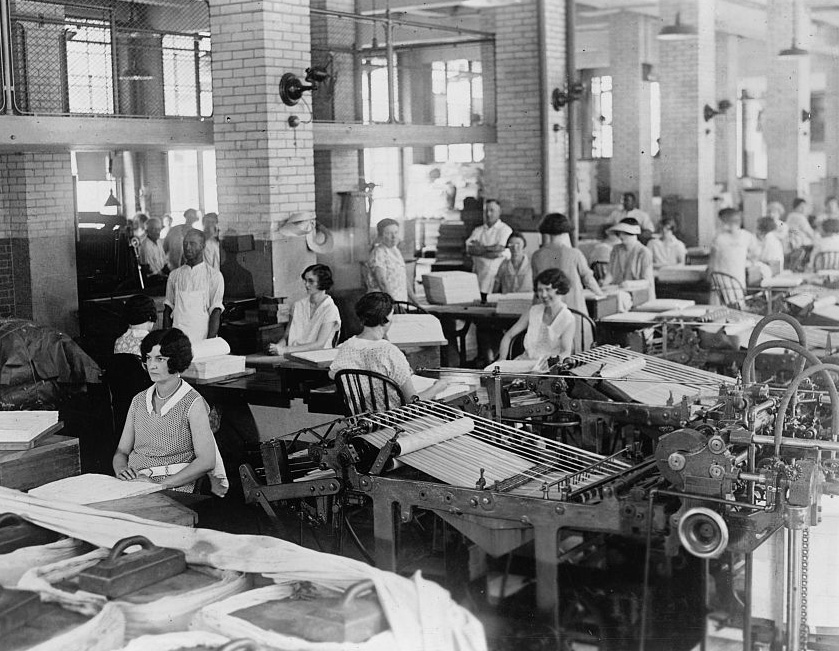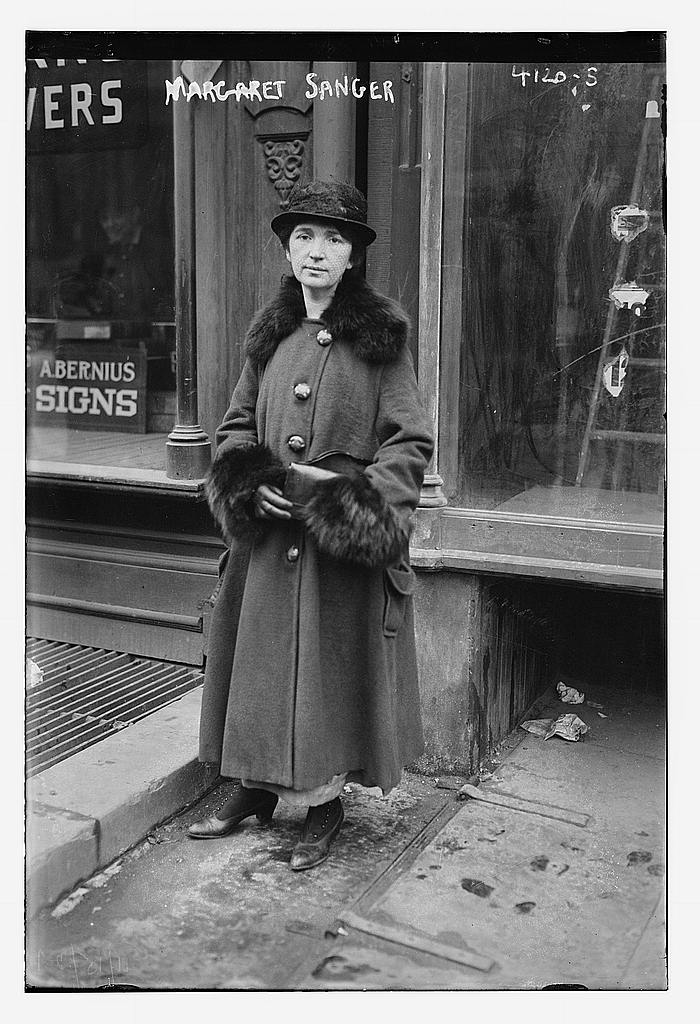Women’s Rights Advanced During Prohibition
Scroll to read more




Women’s Rights Advanced During Prohibition
Women’s public, private and political lives forever changed during the Prohibition era. Their involvement in passing the Prohibition amendment in 1919, gaining the right to vote a year later, and their growing autonomy at home, in the workplace and in relationships launched American women into uncharted territory.
The Prohibition amendment prohibiting the sale, manufacture and transportation of alcohol would not have passed without the persistence of the women involved in the temperance movement starting in the 19th century. The best known women’s organization favoring Prohibition was the Women’s Christian Temperance Union (WCTU). Throughout American history women have been involved in social clubs and charities, but the temperance movement not only allowed women to become participants in national politics, they were the driving force on this issue. These women were regulators of morality and advocates for other women and children who had been abused by drunken husbands and fathers.
By aligning the prohibition movement with the suffrage movement, women were able to drum up strong support for women’s right to vote. While the push for suffrage began in the middle of the 19th century, efforts surged forward during the 1910s with the National Woman’s Party. Several women’s suffrage associations produced pamphlets and magazines promoting their cause. Many women tried to vote illegally, picketed the White House, and went to jail for protesting.
In 1918 President Woodrow Wilson switched his stance on women’s suffrage and equated suffrage with the escalated involvement of women in World War I efforts. Just seven months after enacting the 18th Amendment, the 19th Amendment granting women the right to vote passed. Throughout the 1920s women made more political progress. Maria C. Brehm was the first female candidate for vice president when she ran on the Prohibition Party ticket in 1924.
Not only did public and political life undergo drastic changes for women during the Prohibition era, but women’s private lives changed as well. Women stepped into jobs while the men were away fighting in World War I, allowing them to make their own money. Riding the wave from Prohibition and women’s voting rights, the Roaring Twenties saw the rise of consumerism and technology. Widespread consumption of material goods filtered into homes through catalogues and magazines that grew thanks to advances in printing technology. During the Prohibition Era advertising companies began targeting women, empowering them with the ability to make buying choices and spend their own money.
These innovations afforded women from different socioeconomic backgrounds the chance to advance their status and to make more decisions for their households. Mass production techniques decreased the cost of products and allowed for women to become major players in the increasingly consumer-driven popular culture. Cosmetics as a consumer good soared in popularity.
The broad change in women’s rights and American culture during the Prohibition era reshaped the lives of women. Their newfound rights and liberties changed the way women were viewed by themselves and others and expanded their roles within society. These changes allowed women to transform from the traditional, essentially subservient roles of the Victorian era to the “New Woman” of the Prohibition era.